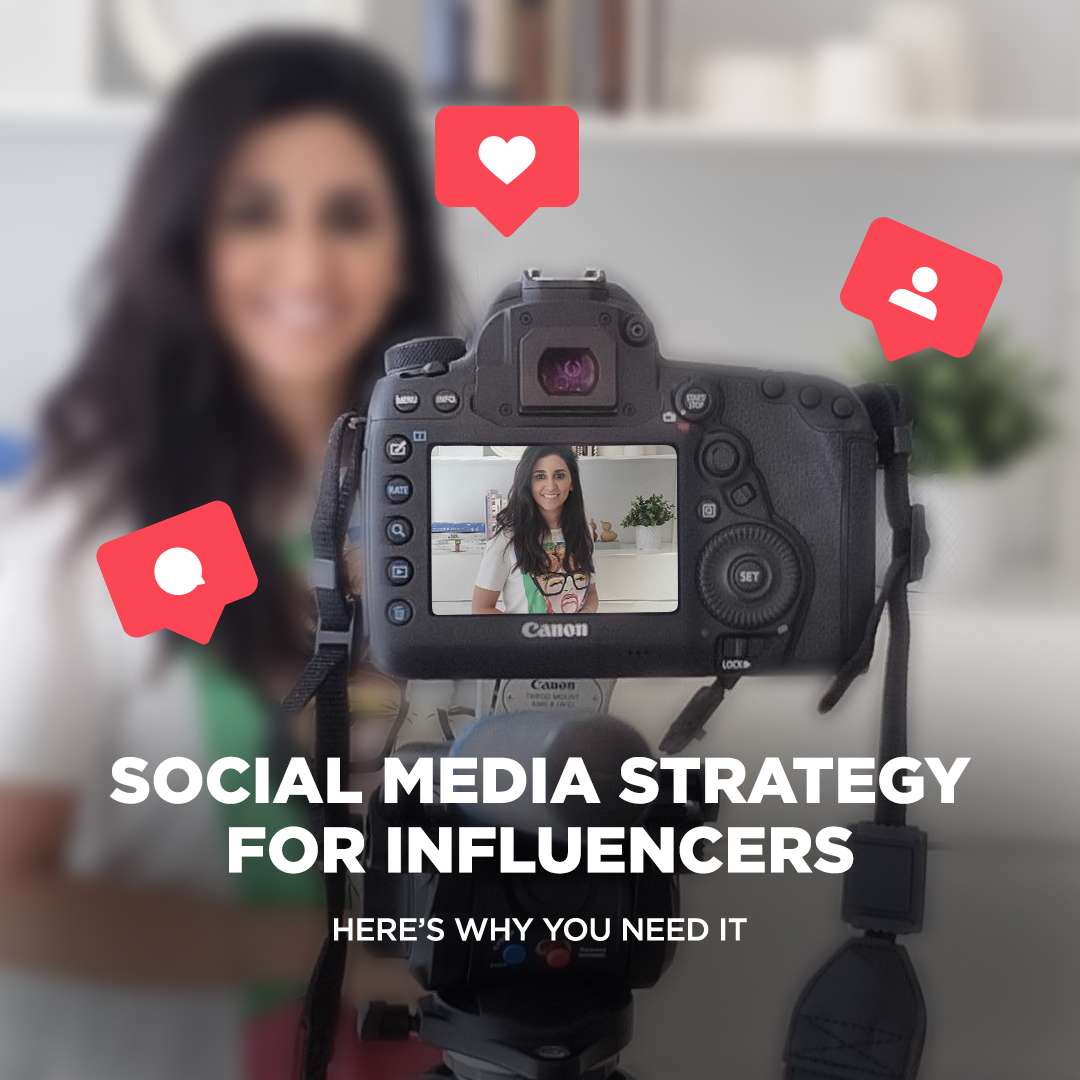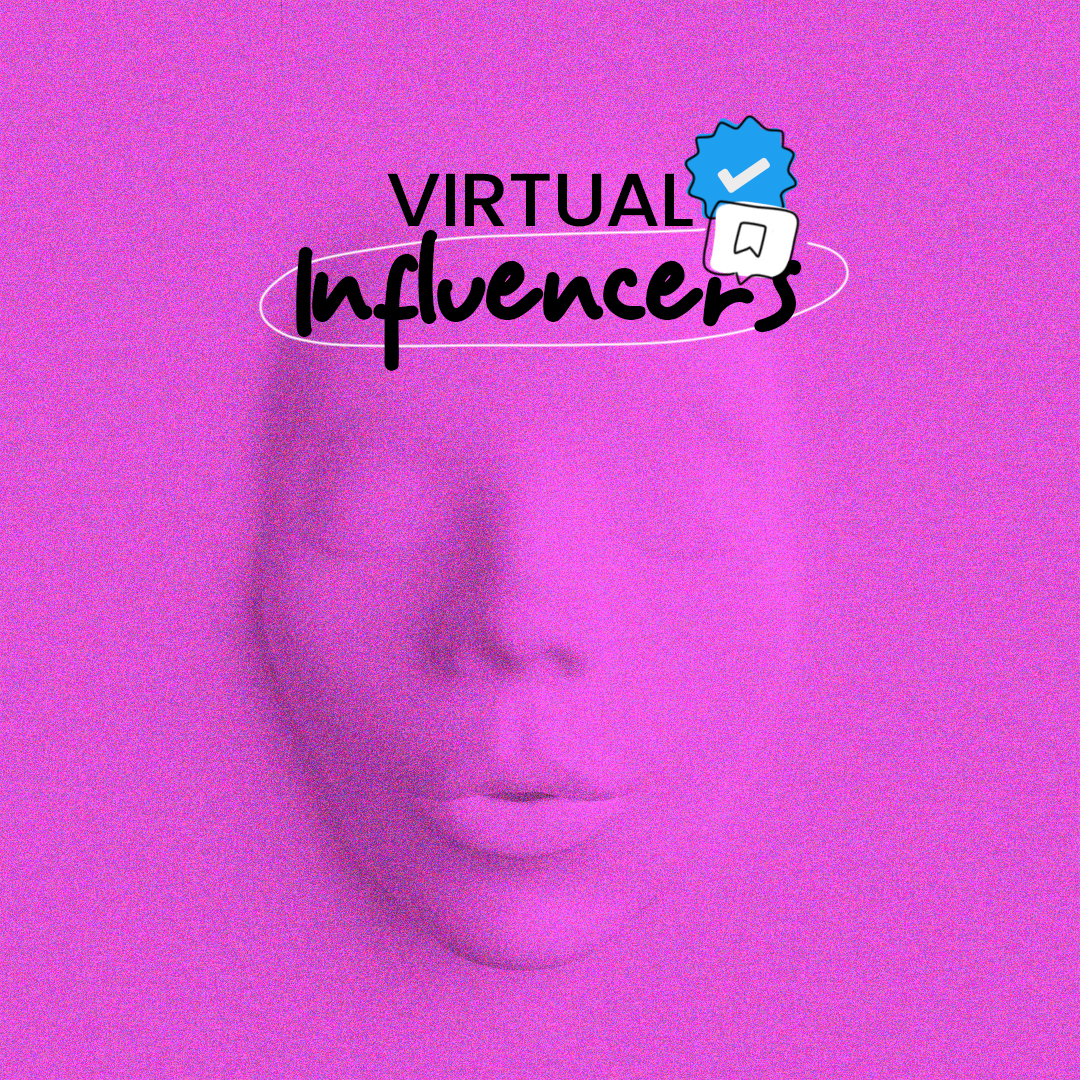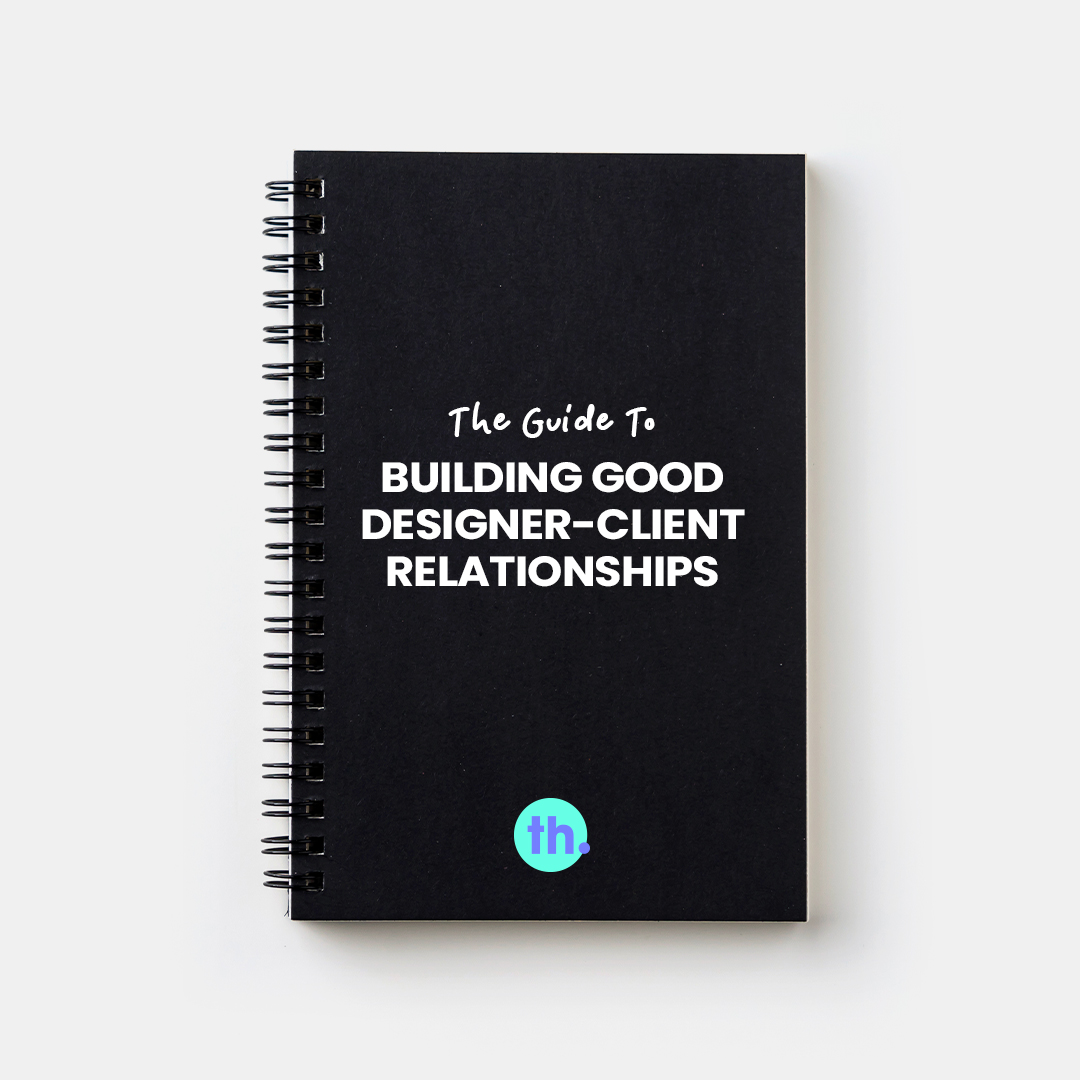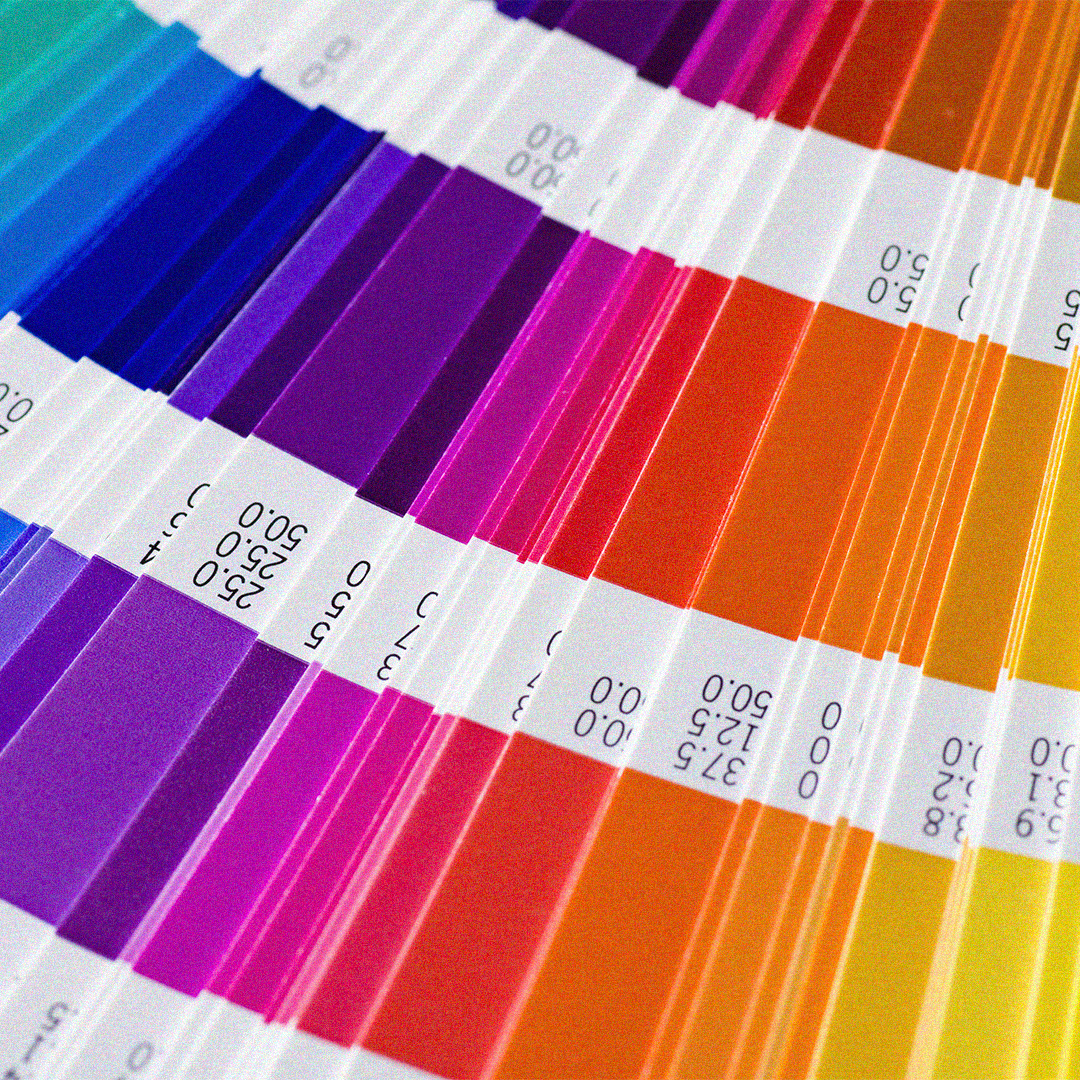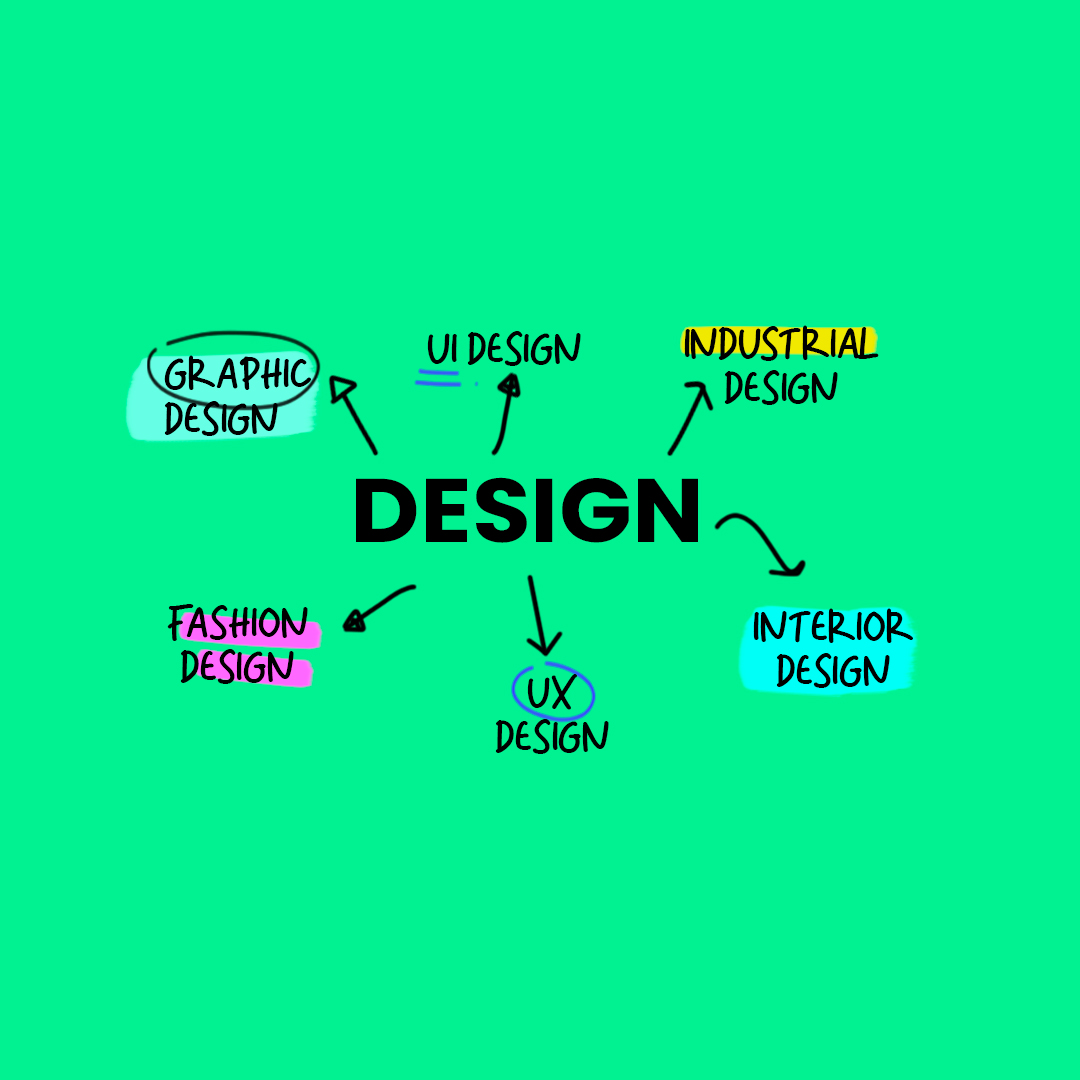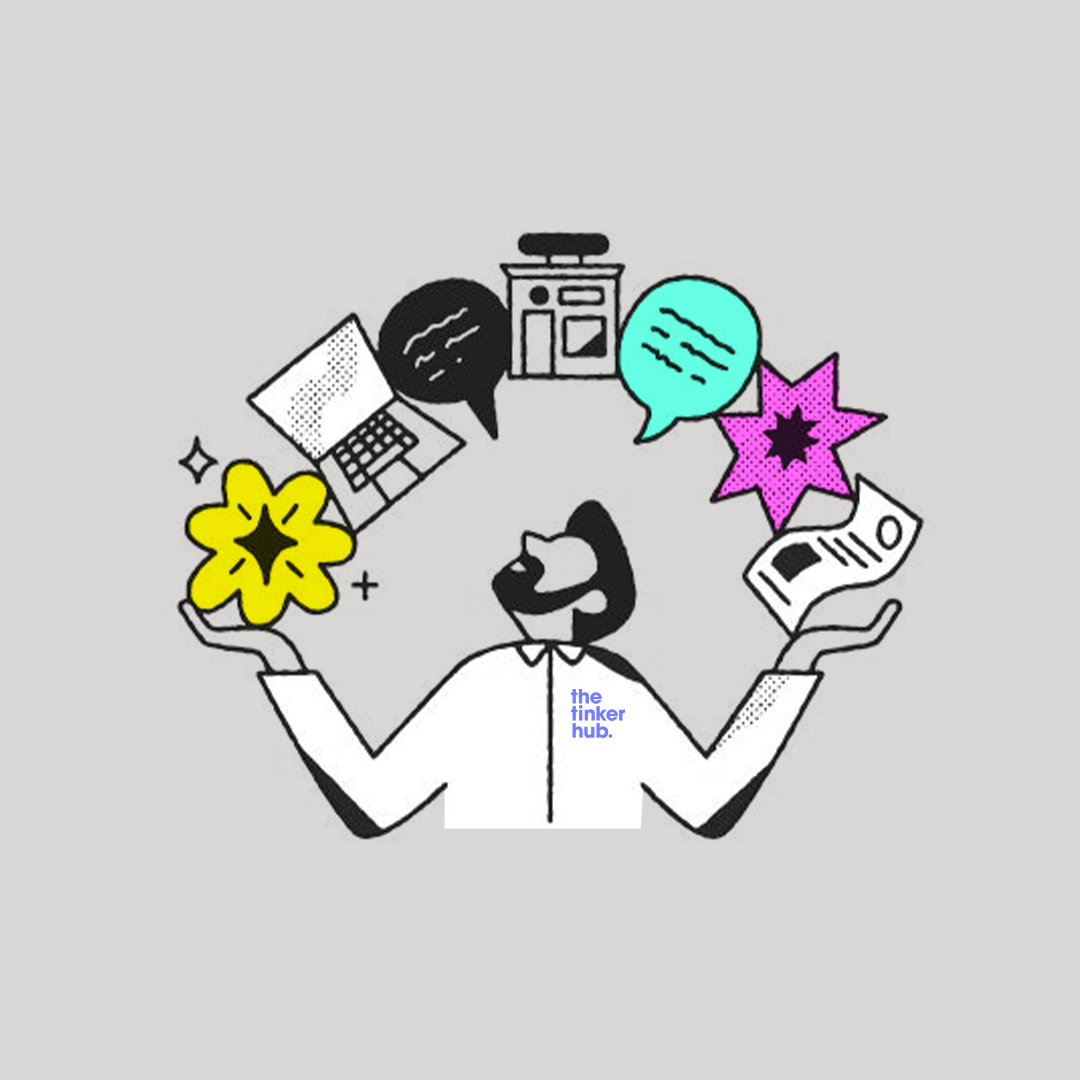Becoming an influencer in today’s online world is not an easy task. It requires more than just posting numerous photos and stories. It requires a strategy, a value proposition, and continuous effort to build a community and connect with members of that community. Developing a social media strategy is essential. Understanding what source of influence you’d like to be for users is key. Differentiating yourself from others is a priority. It is also important to lay out your end goal: Is it to work with brands? Is it to grow your personal brand in the long run? Know your WHY because it lays out the foundation of your strategy. Now, let’s start with the basics.
Who are social media influencers?
Influencers are everyday people who either have knowledge of a certain topic and want to share it with people who share the same interests or people who have a passion for something and want to share that passion with an online audience. These influencers put a lot of effort into building a community that trusts them and takes their reviews of products or services way more seriously than direct advertising made by brands. They directly influence users’ buying decisions.
Why do brands need to work with influencers?
Consumers today differ greatly from pre-digital-era consumers in that they are not influenced by billboards and commercials by brands in the same way. They spend more time and effort reading about a product/service and trust the reviews of real people more so than claims made by businesses. Having said that, here is why brands need to work with influencers to make it in this cluttered digital world:
- To connect with their target audience
- To increase exposure, drive traffic to their websites, and eventually, generate sales
What are the steps one should take to become an influencer?
1. Select your niche
This depends on what it is you are an expert in. This will help you plan your content and social strategy more efficiently in the long run. Examples include:
– Beauty
– Food
– Motherhood
– Travel
2. Determine who your audience is and create personas
This is one of the most difficult parts of developing a strategy as you will have to identify who your audience is, their pain points, their interests, and so on. And without these things, you won’t be able to build a content strategy. Once you have determined these points, you will be able to proceed with the following steps.
3. Select the social platforms that best suit your personas
It is not about the number of social media platforms you are on, it is about being active on platforms your audience is most present on.
4. Optimize your personal brand identity
The process doesn’t stop here. As an influencer, you will also need to develop a content strategy that showcases what you will be sharing with your audience online. Once you have this set in stone and start posting, you must follow it up with proper community management. This step will help you stay connected with your audience and build a foundation with brands and other influencers in the sector you’re interested in. Competitor research is also an important step that shouldn’t be overlooked as it allows you to stay up-to-date with what’s happening online and helps you identify what is working for others.
If you’ve been thinking about becoming an influencer, we can definitely help with that. As a digital marketing agency, we will come up with a winning strategy that will help you grow your personal brand online – in a way that you see fit. Reach out to get started.
